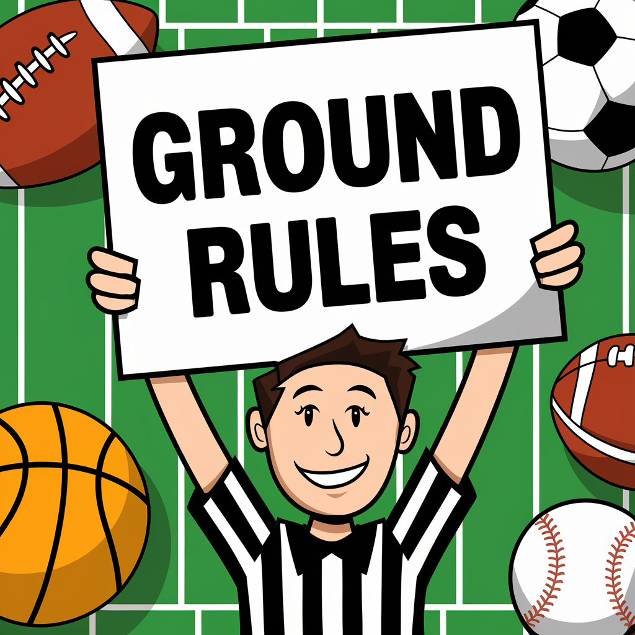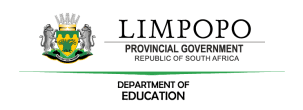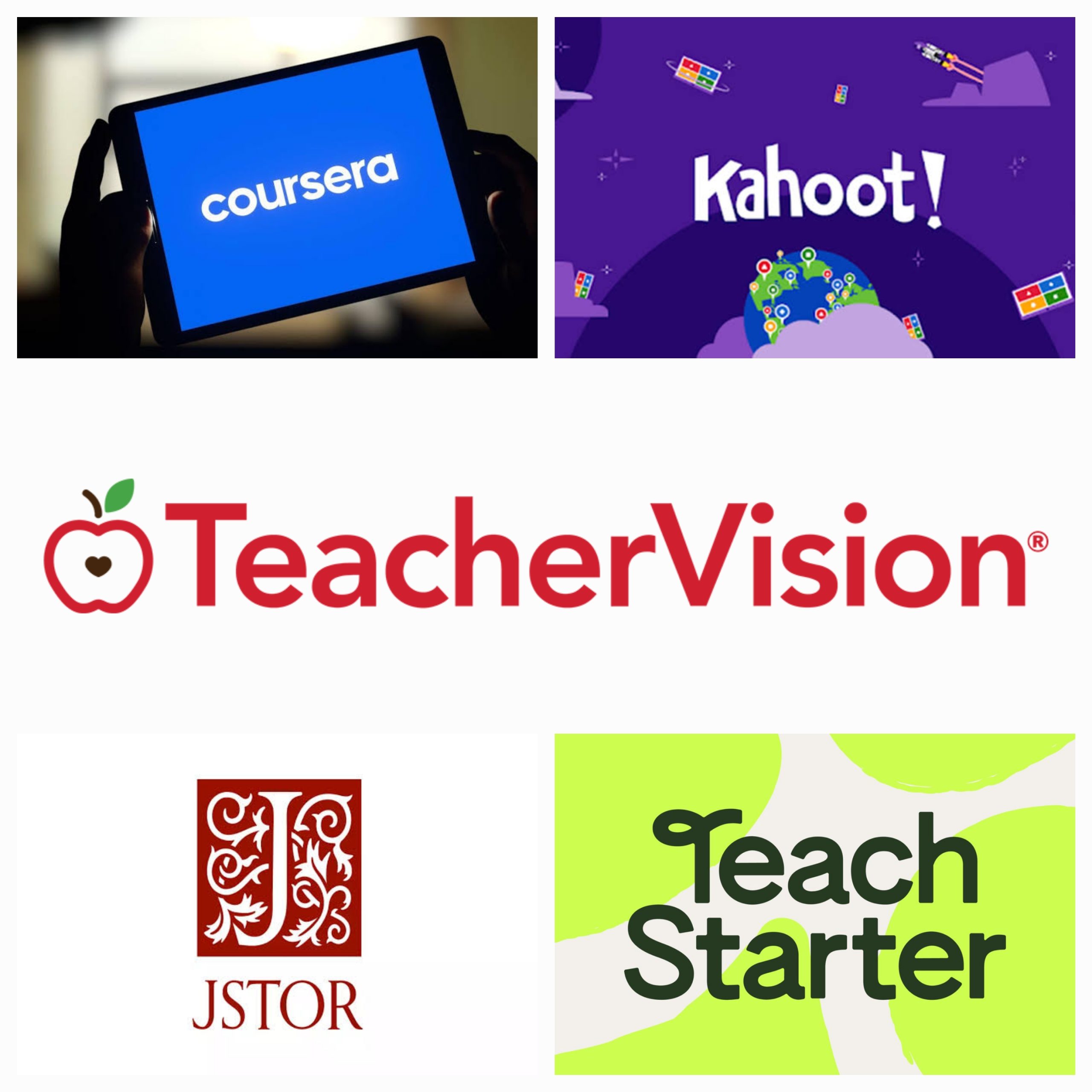The start of a new school year is a critical period for teachers, students, and parents alike. It sets the tone for the rest of the academic year, and any missteps during this period can have long-term consequences. Unfortunately, some teachers inadvertently commit errors that hinder the progress of their students and relationships with parents. Below are some of the most common mistakes teachers make and how they can be avoided.
1. Seeking Information from Previous Teachers for the Wrong Reasons
It’s natural for teachers to meet with their predecessors to get some insights into their new students. However, when this is done with the intent to judge or condemn a child, it can do more harm than good. For instance, meeting previous teachers to focus on negative behaviours or weaknesses, rather than on how to support the child’s growth, is counterproductive.
Instead, teachers should use this time to understand the student’s learning styles, strengths, and areas for improvement, with the goal of providing tailored support. Every new school year is a fresh start for students, and teachers should aim to help each child where they are now, rather than prejudging them based on past issues.

2. Failure to Set Ground Rules
A key mistake many teachers make is not setting clear ground rules at the beginning of the school year. Rules and routines provide structure, and without them, students may struggle with discipline and respect for the learning environment. Establishing clear expectations helps create a culture of responsibility, respect, and self-discipline among students.
To avoid this pitfall, teachers should clearly communicate classroom rules and expectations on the first day. Involve the students in the process to foster a sense of ownership and responsibility. It’s important to consistently reinforce these rules throughout the year to maintain a positive and productive classroom atmosphere.
Some common ground rules that can help establish a positive and organised learning environment at the start of a new school year:
1. Respect Everyone
-
-
- Rule: Treat everyone in the class with kindness and respect.
- Explanation: Encourage respect for both peers and teachers. No bullying, teasing, or disrespectful language or behaviour.
-
2. Be On Time
-
-
- Rule: Arrive to class on time and be ready to learn.
- Explanation: This fosters punctuality and responsibility. Students should understand the importance of being prepared when the class begins.
-
3. Follow Directions the First Time
-
-
- Rule: Listen carefully and follow instructions the first time they are given.
- Explanation: This helps keep the class running smoothly and ensures students are attentive and ready to engage.
-
4. Raise Your Hand to Speak
-
-
- Rule: Raise your hand before speaking or leaving your seat.
- Explanation: This promotes an orderly environment where everyone has the chance to contribute without interrupting others.
-
5. Keep the Classroom Clean and Organised
-
-
- Rule: Keep your space and the classroom clean and tidy.
- Explanation: Students should take responsibility for their personal areas and shared spaces to create a clean and productive environment.
-
6. Stay on Task
-
-
- Rule: Stay focused on your work and do your best.
- Explanation: This encourages students to stay engaged during lessons and avoid distractions.
-
7. Respect Property
-
-
- Rule: Take care of school property and personal belongings.
- Explanation: Students should respect the materials and equipment they use, whether it’s their own or belongs to the school.
-
8. Use Technology Appropriately
-
-
- Rule: Use technology only when instructed and for educational purposes.
- Explanation: In a digital age, it’s important to establish clear rules around using devices appropriately during class time.
-
9. Be Safe
-
-
- Rule: Keep yourself and others safe by following classroom and school safety rules.
- Explanation: Safety rules prevent accidents and ensure a safe learning environment for everyone.
-
10. Be Honest
-
-
- Rule: Always be truthful in your work and with others.
- Explanation: This fosters a culture of integrity and encourages students to be honest in their interactions and academic work.
-

3. Lack of Professionalism with Parents
Another frequent error is not approaching the relationship with parents in a professional manner. Some teachers may overly sympathise with parents’ grievances about their children without offering constructive solutions, or worse, adopt an adversarial stance when faced with complaints or concerns.
Teachers should maintain professionalism by focusing on solutions and working in partnership with parents. Communication should be clear, respectful, and objective, with the shared goal of supporting the child’s development. Regular updates, transparency, and maintaining a positive, solution-oriented attitude will foster healthy parent-teacher relationships.

4. Over-Focusing on Academics without Considering the Whole Child
It’s easy to get caught up in the academic rush at the start of the school year, but this focus on grades and performance can sometimes overshadow the importance of supporting the whole child. Teachers may neglect a child’s emotional, social, and mental well-being, which are essential for their academic success.
To avoid this mistake, teachers should strive to understand their students beyond their academic abilities. Encouraging social interactions, addressing emotional needs, and creating a supportive learning environment are all key to fostering student growth. Offering support in these areas can have a profound impact on a child’s overall success in the classroom.

5. Not Preparing for Differentiated Learning
Each classroom is filled with students who have diverse learning needs, yet some teachers fail to adequately prepare for differentiated instruction at the start of the year. Teaching to the middle or only catering to one learning style can leave some students behind or under-challenged.
Teachers should aim to plan lessons that cater to varied learning preferences—whether auditory, visual, kinesthetic, or a combination of these. Differentiating instruction ensures that each student is engaged, challenged, and supported according to their individual needs.

6. Neglecting to Establish Strong Relationships with Students
The first few weeks of school are an ideal time to build strong relationships with students. Unfortunately, some teachers may overlook this opportunity, focusing solely on instruction and curriculum without considering the importance of connection and trust.
Building rapport with students is essential for creating a positive and productive learning environment. Teachers should make an effort to learn about their students’ interests, strengths, and goals, showing genuine care for their well-being. When students feel valued and respected, they are more likely to engage in the learning process and demonstrate positive behaviour.

7. Being Too Lenient or Too Strict
Striking a balance between firmness and warmth is key in any classroom, yet teachers often err on one side or the other. Being too lenient can lead to a lack of discipline and respect for authority, while being overly strict can create an atmosphere of fear and resentment, stifling creativity and engagement.
The ideal approach is to be both firm and fair, maintaining high expectations while showing empathy and understanding. Teachers who can balance authority with approachability will find their students more cooperative and motivated.

Conclusion
Starting the school year on the right foot is essential for both teachers and students. By avoiding these common errors teachers can create a positive, supportive, and effective learning environment. With thoughtful planning, clear communication, and a commitment to growth, teachers can help their students succeed both academically and personally throughout the school year.











